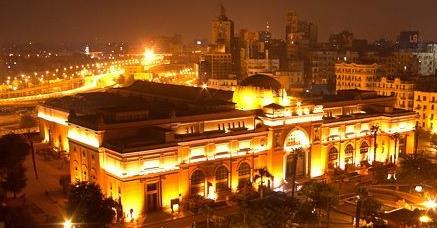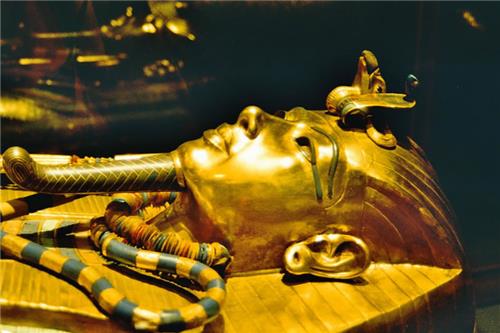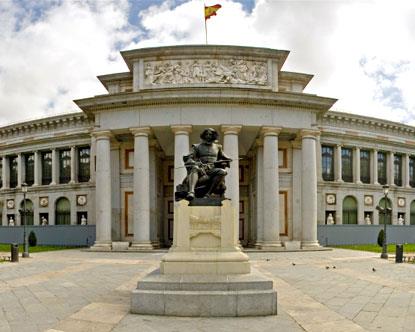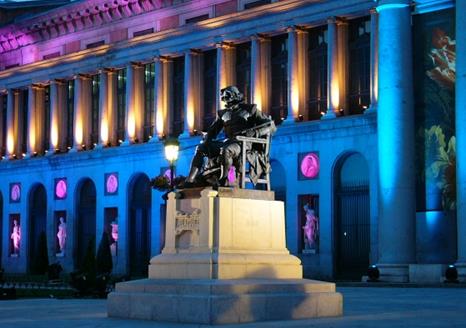
A must-see in Cairo “Egypt”, is undoubtedly the Egyptian Museum, is required at least one day to see the entire collection of objects of the Pharaonic era, it houses the largest collection of objects Pharaonic times.
The museum is located north of Midan Tahrir in Tahrir Square, once you arrive at the entrance to force you to leave cameras and phones, it is forbidden to take pictures inside. The museum is impressively large and part of the entrance is a sitting area so you can spend some time sitting in the sun and also shops to buy souvenirs, books, coins ..
At the entrance of the museum you find a lot of guides that you can hire for 30 €, eye many of them are not official guides and are rather scammers. I only had three hours to see the museum, having read so much information I went to what really struck me as the room dedicated to Tutankhamen W where I could see the golden mask and all that was in Great Treasure his tomb in the Valley of the Kings W .
On the first floor there is a large collection of coins and papyrus, which is preserved in the museum are works of art, but not all can be seen as being restored many others and some no room to display them.
Another room I recommend is the area of the Old Kingdomvery well because the background can appreciate the seated statue of Mentuhotep I W .

A room that is very curious is where are the eleven Mummies, where the Ramses III and IV among many others, to get into it you have to pay some extra Egyptian pounds as it is not included in the price of the museum entrance. If you want to see mummies and do not want to pay the entrance, you can see in another room of several animal mummies.
Museum hours are from 9:00 to 6:30 every day, entry is allowed until 5:00 pm, mummies halls close at 6:00.


